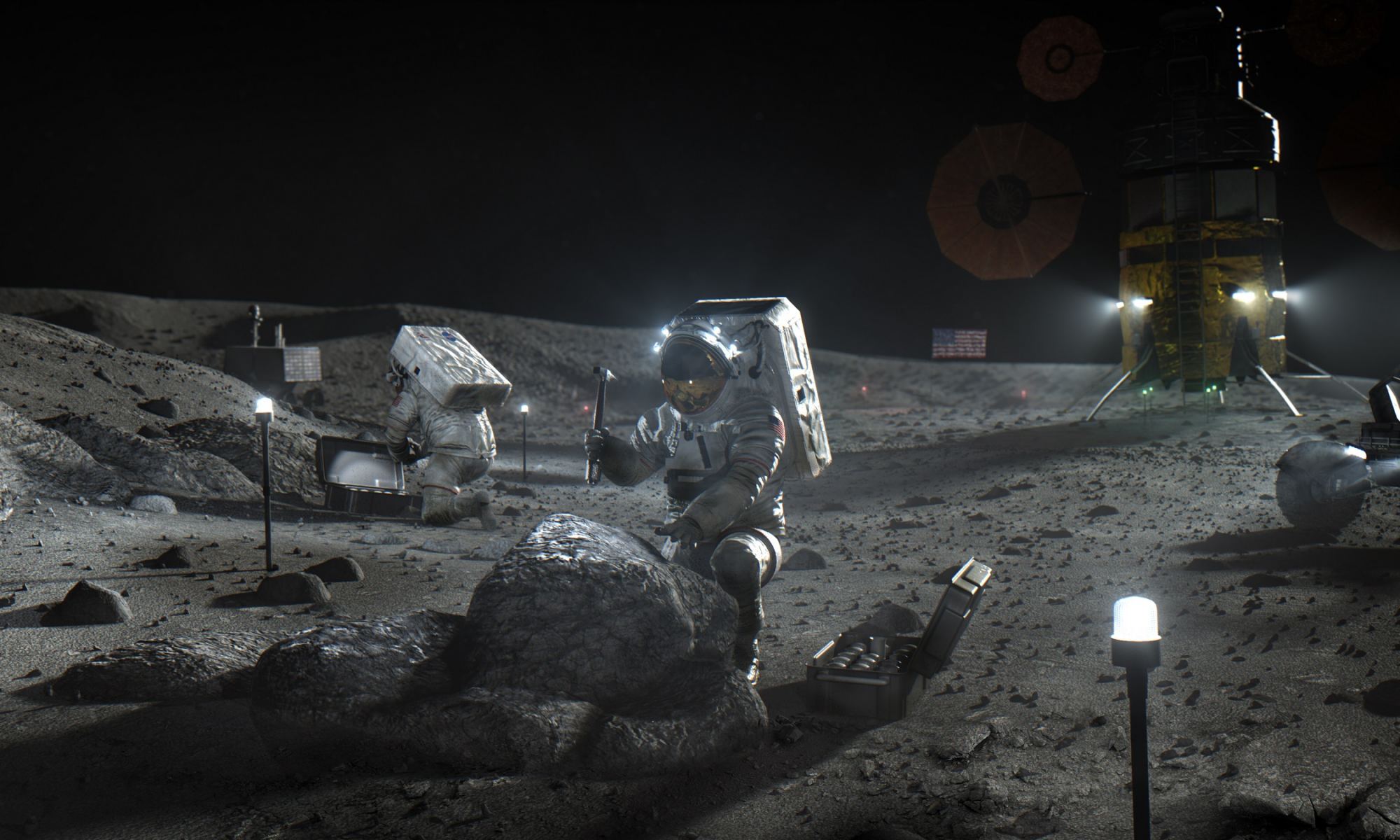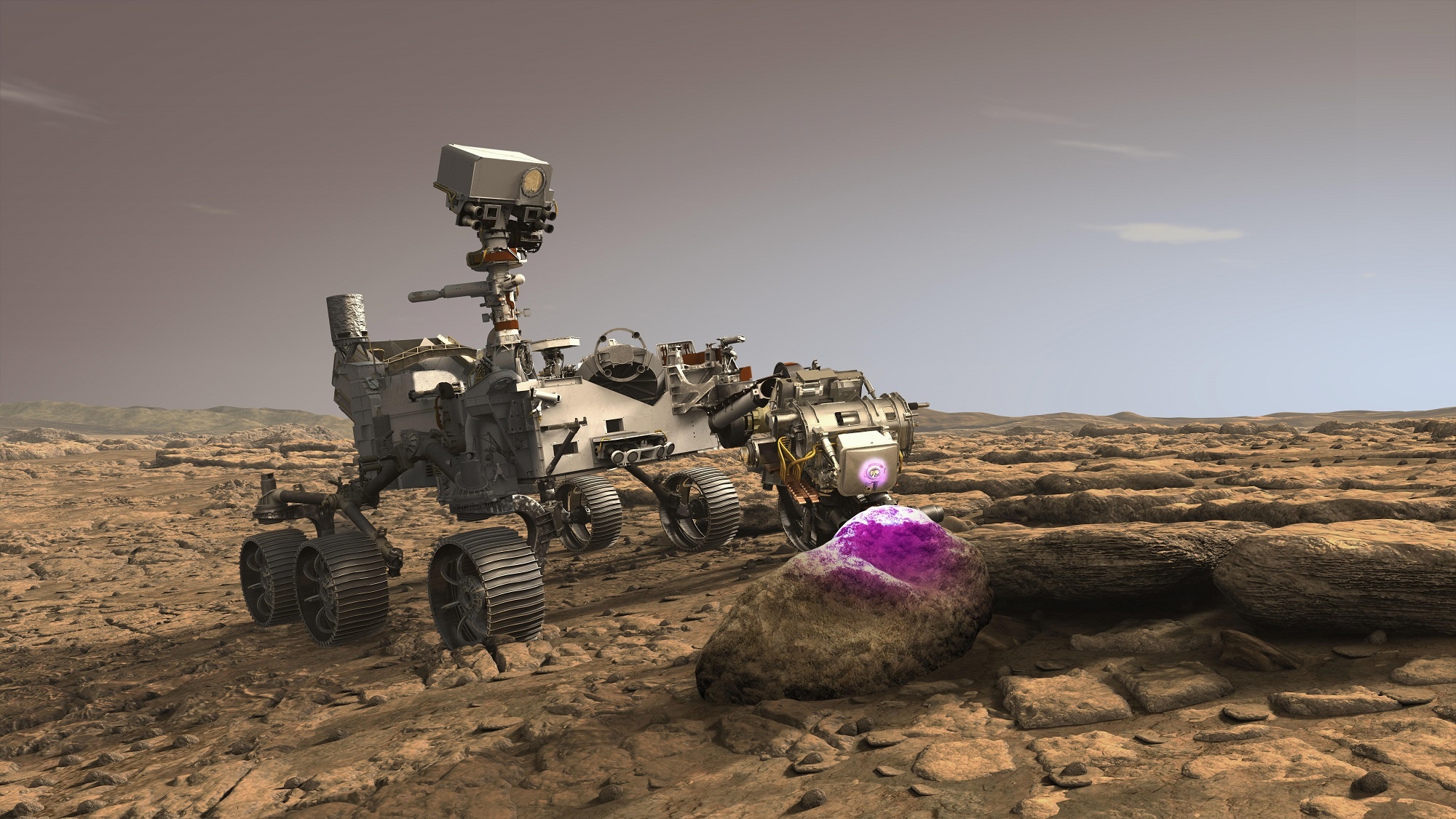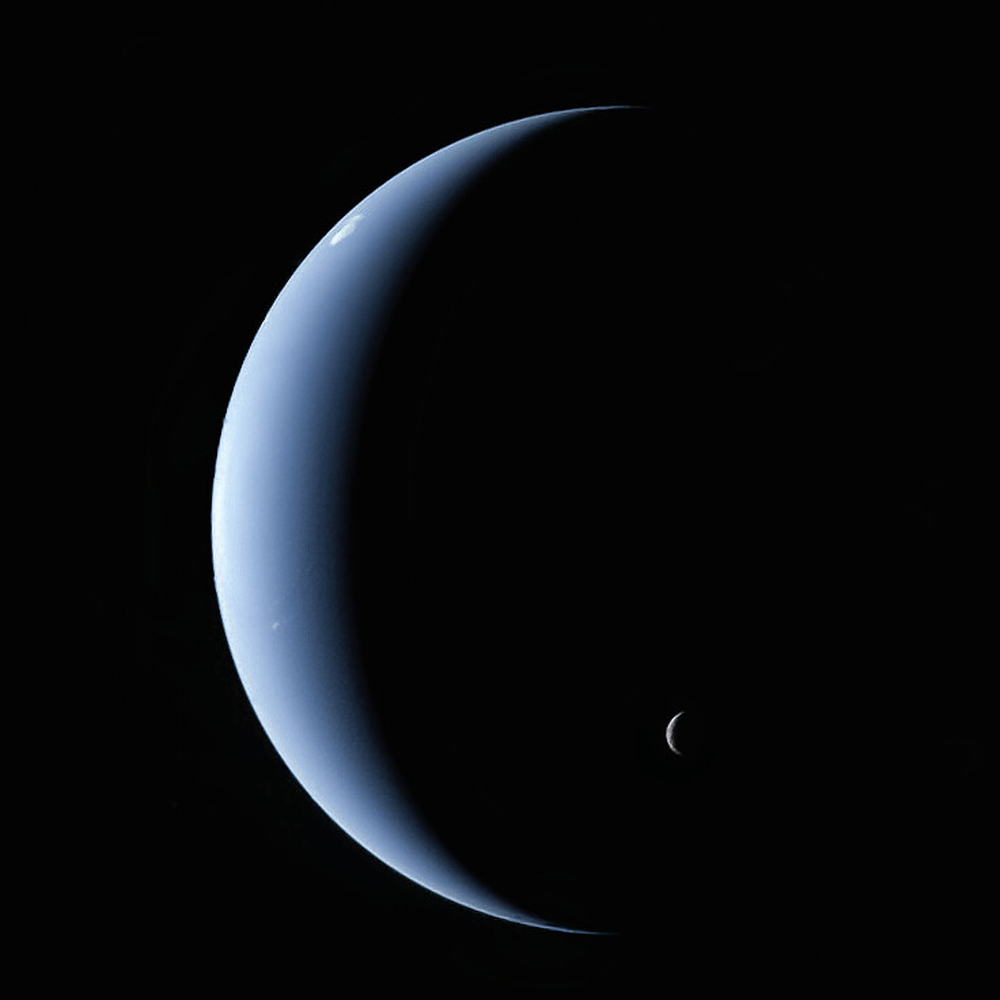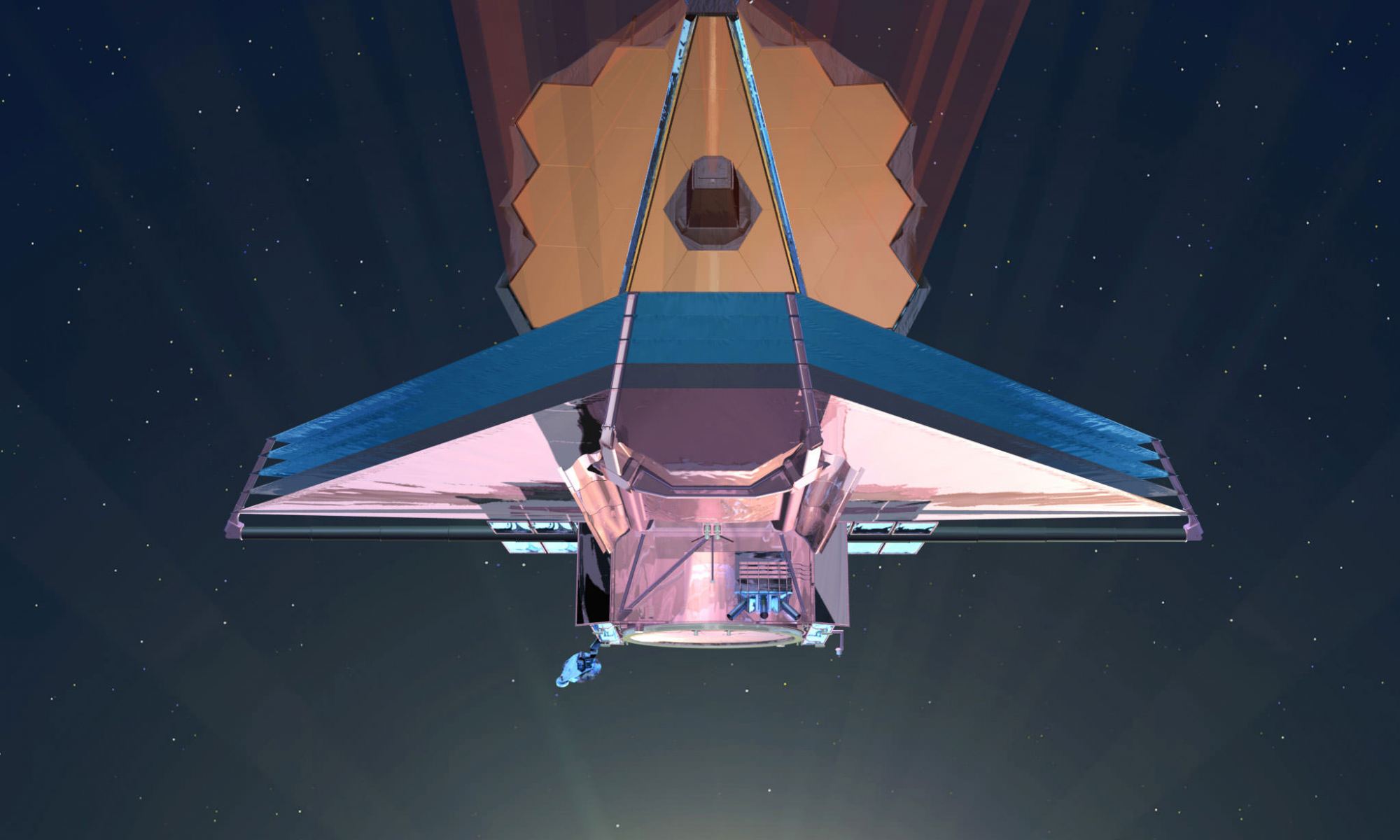It’s no exaggeration to say that NASA’s plans to return astronauts to the Moon has faced its share of challenges. From its inception, Project Artemis has set some ambitious goals, up to and including placing “the first woman and next man” on the Moon by 2024. Aside from all the technical challenges that this entails, there’s also the question of budgets. As the Apollo Era taught us, reaching the moon in a few years doesn’t come cheap!
Funding is an especially sticky issue right now because of the fact that we’re in an election year and NASA may be dealing with a new administration come Jan of 2021. In response, NASA announced a budget last week (Mon. Sept 21st) that put a price tag on returning astronauts to the Moon. According to NASA, it will cost taxpayers $28 billion between 2021 and 2025 to make sure Project Artemis’ meets its deadline of 2024.
Continue reading “NASA’s New Budget for Artemis? $28 Billion”









